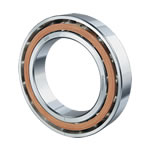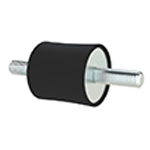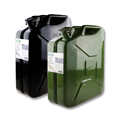Categories
Modern Warehouse
Aeroplane Fuel Water Detectors
Water dispersed in fuel represents a major risk to aircraft safety and can cause engines to fail. If there is water inside the fuel tank of a plane, it will sink to the bottom because it is heavier than fuel. As the feed to the engine from the fuel tank can sometimes be near the bottom of the tank, a high percentage of water can enter the fuel feed, causing the engine to stop. In addition, water in the fuel tank can turn to ice as the plane flies at altitude.
The water can get into the tank in many different ways, including leaks or backwash when the plane is being cleaned. Condensation can also cause water to become present, and over time this can build up to a level that threatens the safe running of the engine. Alternatively, the water can be transferred from a tanker or fuel tender which itself is holding fuel contaminated by water.
The Importance of Aeroplane Fuel Water Detectors
Because of the extreme hazard posed by contamination of aircraft fuel systems, it's vital to use high-quality aeroplane fuel water detectors to assess whether there is water dispersed in the jet fuel. Shell Water Detector Tubes are used globally about eight million times each year. They are highly sensitive and easy and quick to use and are a cost-effective way to ensure that aircraft fuel is not contaminated. This system can detect water at levels as low as 15ppm.
Use the Correct Syringe Nozzle
The capsules used to detect the water come in tubes, each containing eight capsules. The capsules are designed for use with syringes that have "record" nozzles. Don't use polystyrene nozzles - these aren't suitable for use with jet fuels. Polyethylene, glass or nylon syringes are compatible and can be used. Note that you should only use a capsule once.
Carrying Out the Test
- When you take the capsule out of the tube, check the colour of the paper is yellow.
- Check that the syringe plunger is in the closed position.
- Fit the capsule on to the syringe
- Draw a fresh fuel sample and immerse the capsule below the surface of the fuel.
- Pull 5ml of fuel up into the syringe, and then take the syringe out of the fuel.
- Check the capsule straight away.
Reading the Results from Plane Fuel Water Detectors
You are looking for colour changes in the capsule. Even at very low dispersed water levels, such as 15ppm, the centre of the capsule will change to a light greenish/yellow colour. At higher water concentrations, such as 30ppm, the colour becomes a stronger green.
Different water level standards apply in different contexts, but IATA guidance or ATA 103 will give details of what standard to apply. And rest assured - if you need something different or no longer need the item, Simply Bearings offers a no-quibble 90-day refund guarantee.




